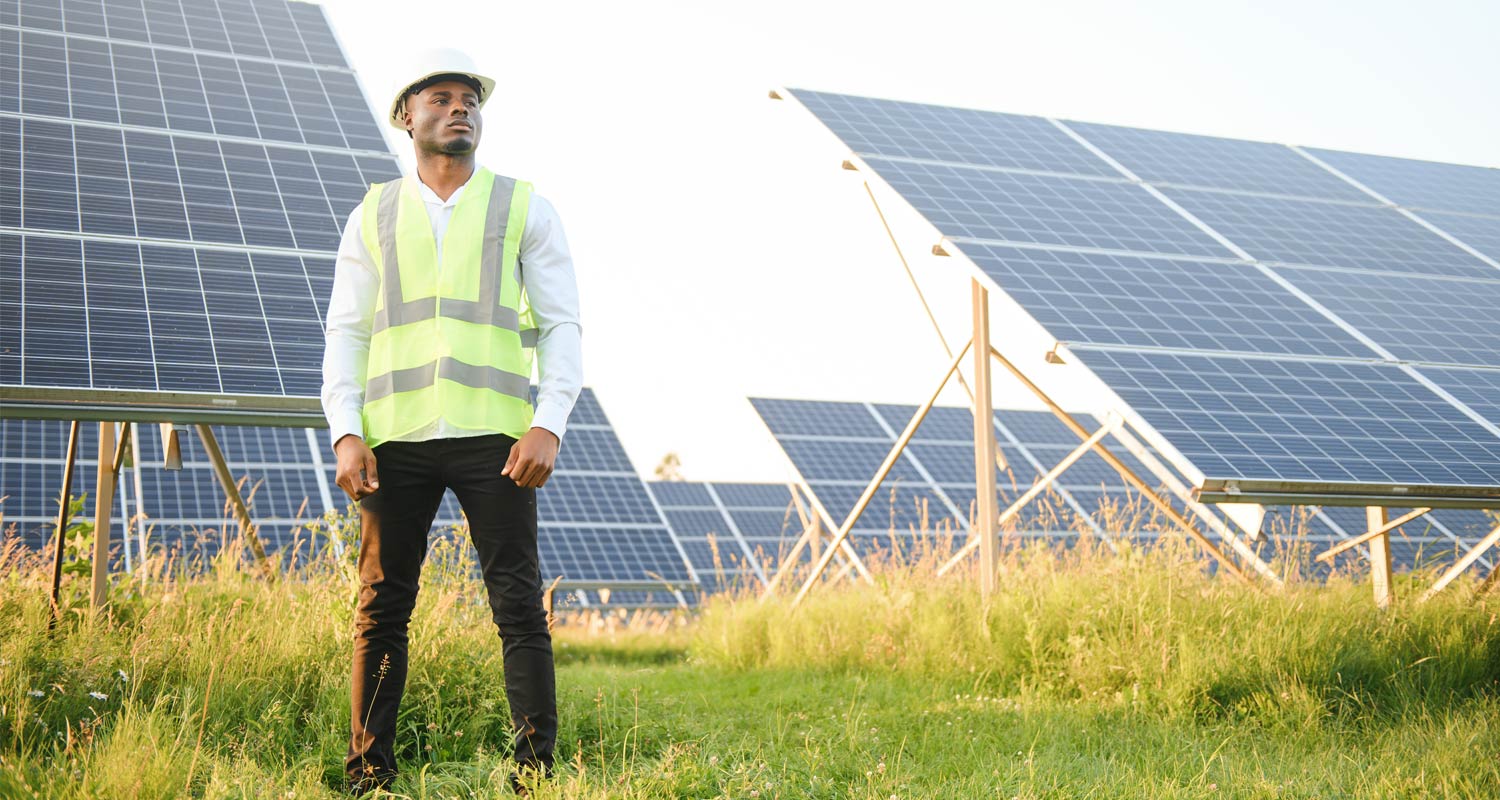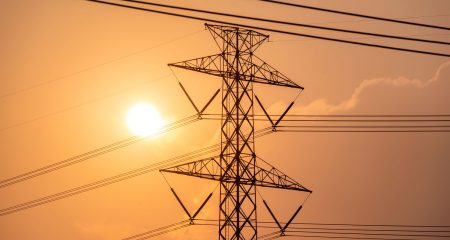 Teraco, South Africa’s largest data centre operator, has signed a capacity allocation deal with Eskom that will allow for the wheeling of 120MW of electricity from a solar farm to be constructed in the Free State, with the electricity that it generates to be distributed to its power-hungry facilities around South Africa.
Teraco, South Africa’s largest data centre operator, has signed a capacity allocation deal with Eskom that will allow for the wheeling of 120MW of electricity from a solar farm to be constructed in the Free State, with the electricity that it generates to be distributed to its power-hungry facilities around South Africa.
The signing of the agreement greenlights the next phase of the project, which involves the procurement of solar PV panels and construction of the solar farm.
“In South Africa we have various energy challenges and this presents an incredible opportunity to meet our near-term renewable energy goals while adding additional power capacity to a generation-constrained grid,” said Jan Hnizdo, CEO of Teraco.
“This will be a unique approach in Africa since Teraco will not only own its data centre facilities but also a significant renewable energy source with which to power them, creating a sustainable energy path to support growth.”
In an interview with TechCentral on Tuesday ahead of the announcement, Hnizdo explained how advancements in the policy landscape have enabled data centre operators like Teraco to invest in utility-scale renewable energy projects that help combat the country’s ongoing energy deficit.
Key to these developments is the loosening of Eskom’s monopoly hold on power generation. “It’s taken us close to three years to get here, and in that time a lot of change around policy has taken place, loosening up the ability for independent power producers (IPPs) to link into the grid,” said Hnizdo.
Hurdles
The project, which is in partnership with IPPs Juwi and Subsolar, had to overcome a number of administrative and regulatory hurdles before reaching the point where construction of the solar farm can go ahead, said Hnizdo.
The company first had to get a generation licence, the rules for which only got relaxed a year and a half ago.
Second were wheeling agreements between the municipalities and Eskom.
Read: Teraco announces big Cape Town data centre expansion
And finally, there was the grid access allocation that now paves the way for construction to commence at the solar farm’s site in the northern Free State. “It’s not good enough to find a piece of land; that piece of land must have access to sun and have high-capacity links to the grid,” said Hnizdo.
To reach the 120MW utility scale that the solar farm will generate for Teraco’s energy demands requires 450ha of land, or 4.5 million square metres – the equivalent of 630 soccer fields. Estimates suggest that about 40% of Teraco’s total energy demand will come from renewable energy sources once the site has gone live.

“Solar is obviously only active during the day, but the idea is that this project supplies us with enough power for our daytime window,” said Hnizdo.
The project is part of a larger effort to migrate all of Teraco’s energy supply to renewables by 2035. In that time, the company plans to build solar capacity that is at a surplus to its daytime needs. If the downward trend in the price of battery technology continues, Hnizdo and his team plan to store the surplus capacity generated in the daytime and wheel it over to Teraco’s facilities at night.
The introduction of IPPs and the concept of wheeling has created a platform for industry to collaborate with government to add utility-scale capacity to the national grid at a rapid pace. However, Eskom has acknowledged that its transmission infrastructure does not have sufficient capacity to accommodate the next generation of IPPs that have applied for access. But the problem is not as pronounced as it may seem, said Hnizdo, because many of the IPPs that were awarded capacity did not build the infrastructure that would use it.
Read: How data centres are battling South Africa’s energy crisis
“What Eskom is doing now is basically applying a use-it-or-lose-it approach to grid access. A year ago, a lot of applications were made for access and they tied up all the access points. It doesn’t mean that they have gone and built plants. We think this process of figuring out who has grid and access and who is actually using it is super positive for South Africa,” said Hnizdo.
When fully operational, the 120MW solar PV plant is expected to produce more than 338GWh of electricity annually. – © 2024 NewsCentral Media




